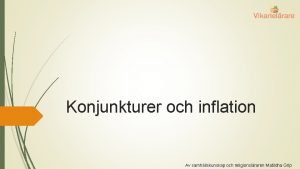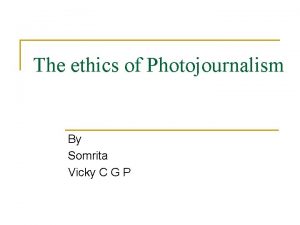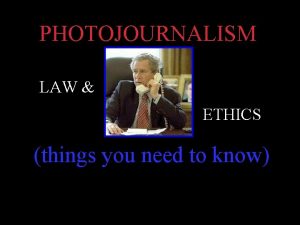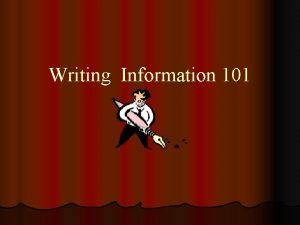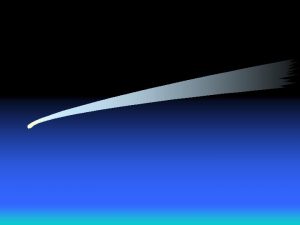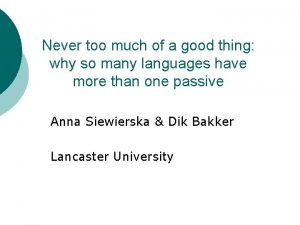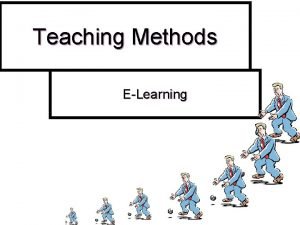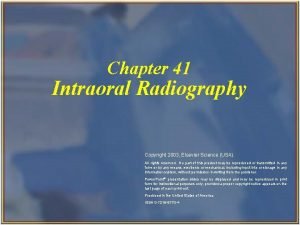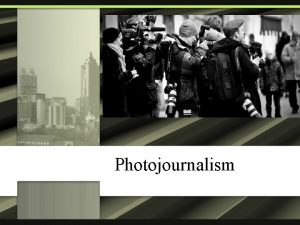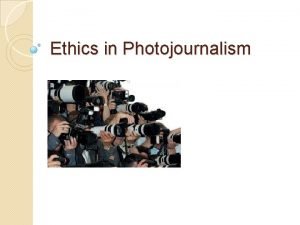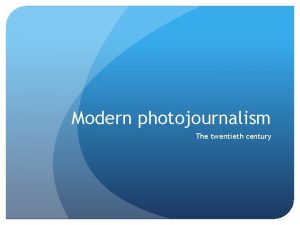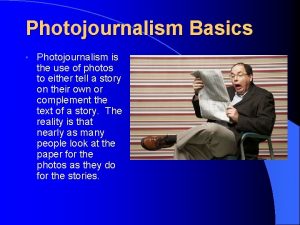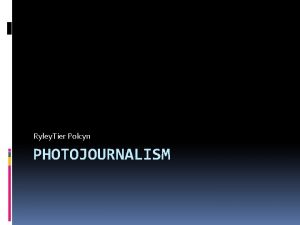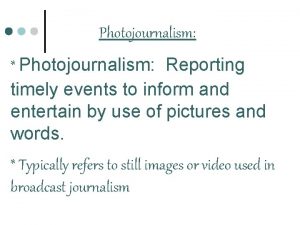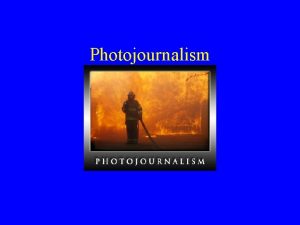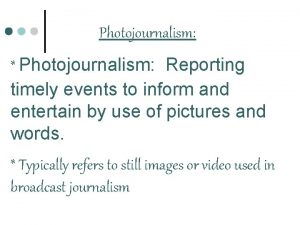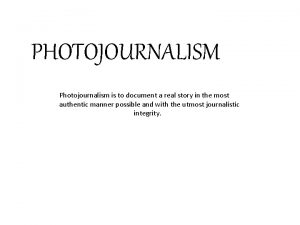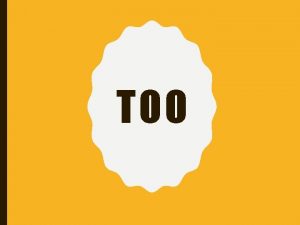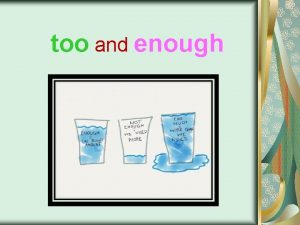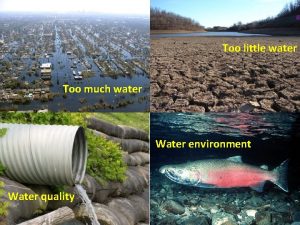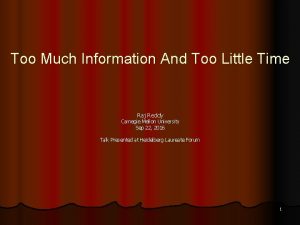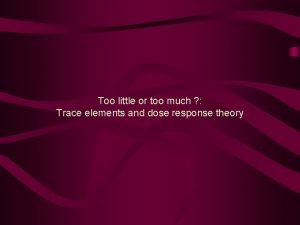Photojournalism Ethics When is it too much Is






















- Slides: 22

Photojournalism Ethics When is it too much?

Is there an ethical issue with altering images? http: //video. mit. edu/watch/ethics-a-forensics-in-the-age-of-photoshopphotojournalism-7514/

Composite photos During Gulf War II in 2003, the Los Angeles Times ran the photo on top on its front page. Photographer Brian Walski was dismissed two days later.

Moving objects The pyramids were moved closer together to accommodate this vertical National Geographic cover. - February 1982

Photoshopping someone in In an effort to show what a diverse campus UWMadison is, UW officials doctored a photo that appears on the cover of the Wisconsin 2001 -'02 admissions application to include a black student in it. Not only was the photo added, but the photo was reversed to make it work with the other photo.

Adding other material

Adding material Veteran news photographer and Pulitzer Prize finalist Allan Detrich resigned from his post at the Toledo Blade in April, 2007 after it was discovered that at least 79 of his photos had been Photoshopped beyond the standards of the paper.

Subtracting material Pulitzer Prize-winning photo by John Filo shows Mary Ann Vecchio screaming as she kneels over the body of student Jeffrey Miller at Kent State University -- after being fired upon by National Guardsmen. - May 1970 Valley Daily News, 1970 (bottom) Life Magazine, May 1995 (top)

Adding and subtracting August 26, 1989 - TV Guide pastes Oprah's head onto Ann Margaret's body.

Misleading Saddam Hussein and George W. Bush did not debate, but appeared to in this cover shot. - February 2003

Spot the difference: In the original image (top photo), a fellow journalist's video camera is visible on the ground in the left corner of the frame. Freelance photographer Narciso Contreras altered the image (lower photo) by cloning another part of the background, before sending it to an AP photo desk

Color correction

Color correction After submitting his stunning photos of Haiti to a Danish photo contest, Klavs Bo Christensen was asked to submit the original RAW files as well. The difference was remarkable and the contest judges disqualified the photos, calling them “extreme” and “unacceptable. ” Christensen admitted that he had heavily processed the photos, but maintained that the result was within his limits. - April 2009

Color correction An Associate Press photo that appeared on the USA Today website in October, 2005 showed then Secretary of State Condoleezza Rice with unusually menacing eyes, a result of too much retouching. Some questioned whether the effect had been created deliberately as it was difficult to easily replicate. The offending photo was quickly removed and replaced with a version much closer to the original and an apology from the paper’s photo editor.

So how much is too much? • Does your photo represent as closely as possible what it actually looked like when you took the photo? • Imagine printing your original photo next to your edited one. Would your viewers feel deceived?

Even a real photo may not be ethical The Vietnam war presented many tough ethical situations. Nick Ut’s “Napalm Girl” photograph, for which he won the Pulitzer Prize in 1972, is not only a shocking indictment of America’s war effort, it contains full frontal nudity of a minor. The ultimate decision to print the photo on the front page of The New York Times must not have been easy. Editors at The Times chose to sacrifice the girl’s privacy, and perhaps to offend their readers, in order to present an unflinching picture of the conflict and ultimately to serve the greater good.

From the Society of Professional Journalists Code of Ethics: " Journalists should. . . never distort the content of news photos or video. Image enhancement for technical clarity is always permissible. Label montages and photo illustrations. ” For a code of ethics entirely on photojournalism, see the National Press Photographers Association Code of Ethics Some clauses from this code: • Be accurate and comprehensive in the representation of subjects. • Resist being manipulated by staged photo opportunities. • Be complete and provide context when photographing or recording subjects. • Avoid stereotyping individuals and groups. • Recognize and work to avoid presenting one's own biases in the work. • Treat all subjects with respect and dignity. Give special consideration to vulnerable subjects and compassion to victims of crime or tragedy. Intrude on private moments of grief only when the public has an overriding and justifiable need to see. • While photographing subjects, do not intentionally contribute to, alter, or seek to alter or influence events. • Editing should maintain the integrity of the photographic images' content and context. Do not manipulate images or add or alter sound in any way that can mislead viewers or misrepresent subjects. • Respect the integrity of the photographic moment.

Dodging and burning are terms used in photography for a technique used during the printing process to manipulate the exposure of a selected area(s) on a photographic print, deviating from the rest of the image's exposure. In a darkroom print from a film negative, dodging decreases the exposure for areas of the print that the photographer wishes to be lighter, while burning increases the exposure to areas of the print that should be darker. [1]

AP pictures must always tell the truth. We do not alter or digitally manipulate the content of a photograph in any way. The content of a photograph must not be altered in Photoshop or by any other means. No element should be digitally added to or subtracted from any photograph. The faces or identities of individuals must not be obscured by Photoshop or any other editing tool. Only retouching or the use of the cloning tool to eliminate dust on camera sensors and scratches on scanned negatives or scanned prints are acceptable. Minor adjustments in Photoshop are acceptable. These include cropping, dodging and burning, conversion into grayscale, and normal toning and color adjustments that should be limited to those minimally necessary for clear and accurate reproduction (analogous to the burning and dodging previously used in darkroom processing of images) and that restore the authentic nature of the photograph. Changes in density, contrast, color and saturation levels that substantially alter the original scene are not acceptable. Backgrounds should not be digitally blurred or eliminated by burning down or by aggressive toning. The removal of “red eye” from photographs is not permissible.

Depth of Field Assignment • Three images of the same scene • Shot at different apertures • Must show exploration of apeture, and understanding of foreground/backround

Examples

Sources • Media Bistro - 10, 000 Words • MIT’s Daniel Bersak • Sreenivasan ©Karen Mc. Intyre.
 Quantifiers kahoot
Quantifiers kahoot Too much money is chasing too few goods
Too much money is chasing too few goods How much
How much How much is too much plagiarism
How much is too much plagiarism Nppa code of ethics
Nppa code of ethics Laws of photojournalism
Laws of photojournalism Too broad and too narrow examples
Too broad and too narrow examples Too broad and too narrow examples
Too broad and too narrow examples Small just
Small just Not too narrow not too deep
Not too narrow not too deep Here you are too foreign for home
Here you are too foreign for home Broad and specific topic examples
Broad and specific topic examples Too anointed to be disappointed meaning
Too anointed to be disappointed meaning Caffeine uses
Caffeine uses Too much gravity
Too much gravity Never too much of a good thing
Never too much of a good thing The world is too much with us imagery
The world is too much with us imagery Merits of problem solving method
Merits of problem solving method Basic principles of the bitewing technique include the
Basic principles of the bitewing technique include the I feel like i care too much
I feel like i care too much Pathway that food takes through the digestive system
Pathway that food takes through the digestive system Cause and effect signal words
Cause and effect signal words Analysis of the world is too much with us
Analysis of the world is too much with us

